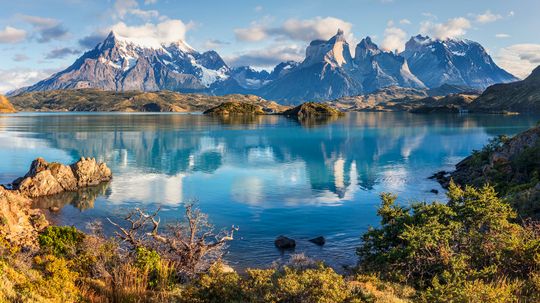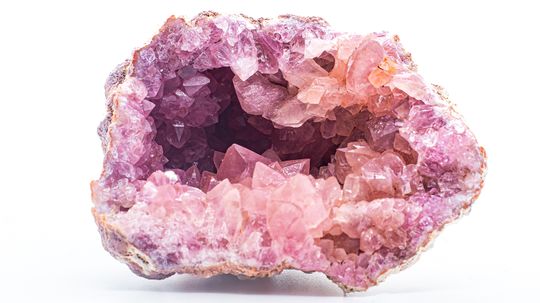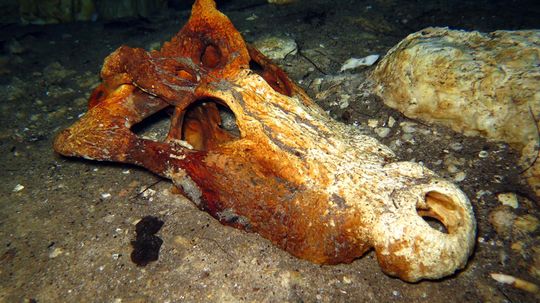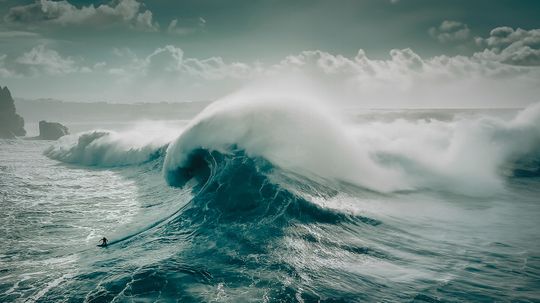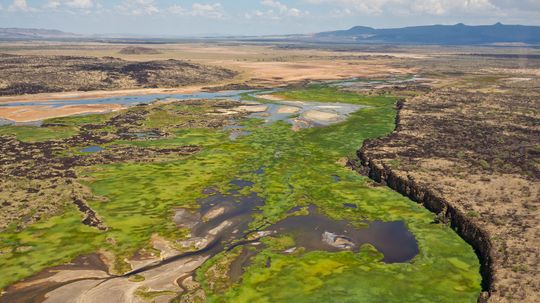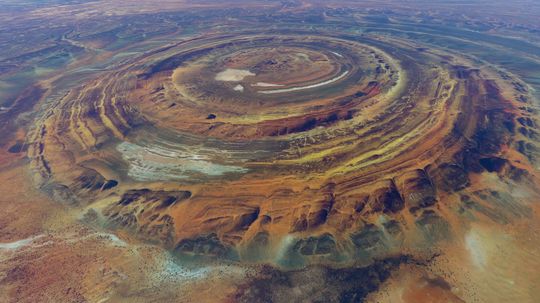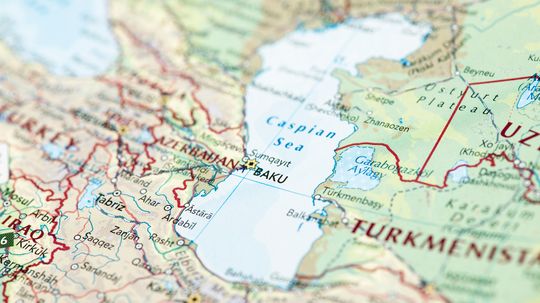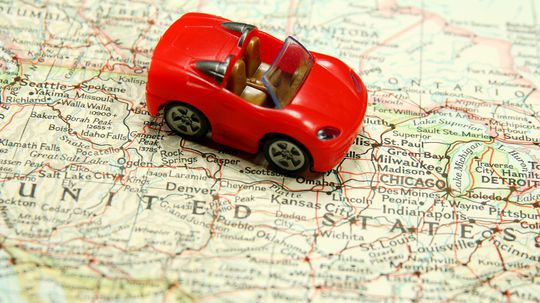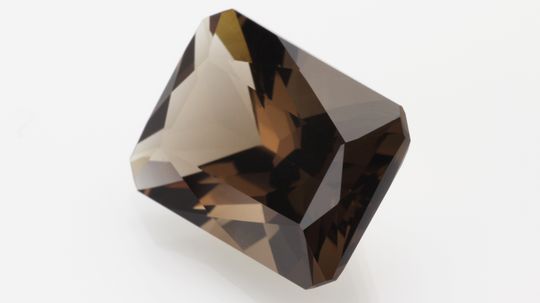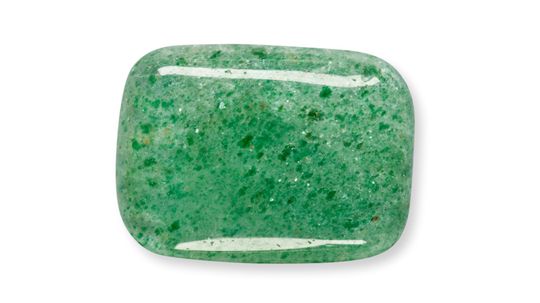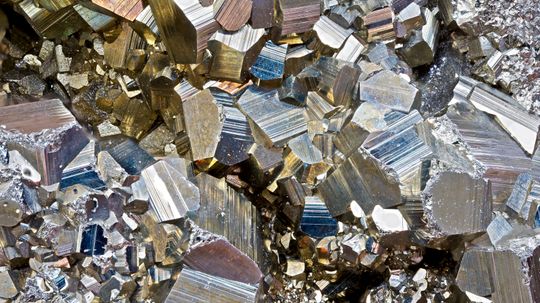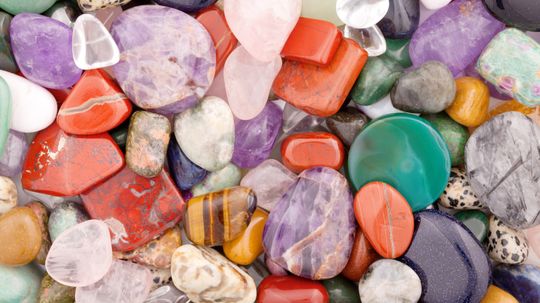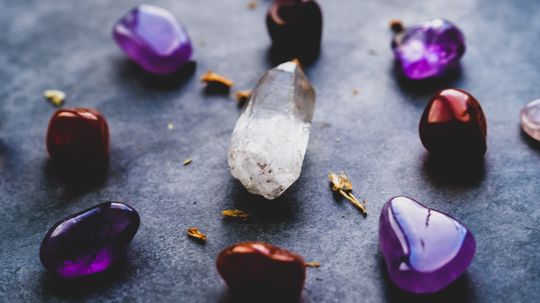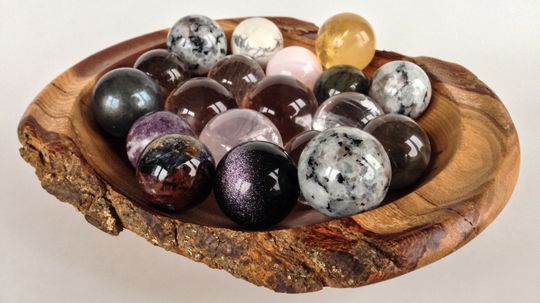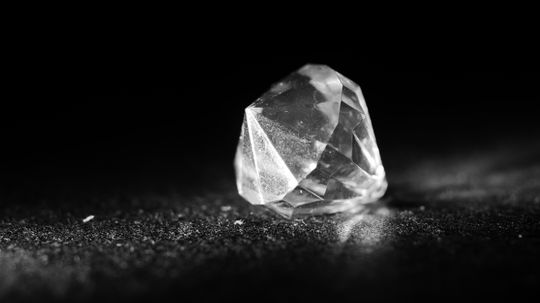Earth Science
Earth Science covers all facets of how the earth works, from from volcanoes to the world's oceans.
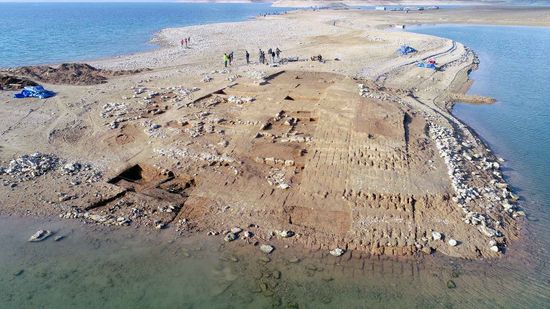
Worldwide Droughts Uncover Ancient Relics, Ruins and Remains
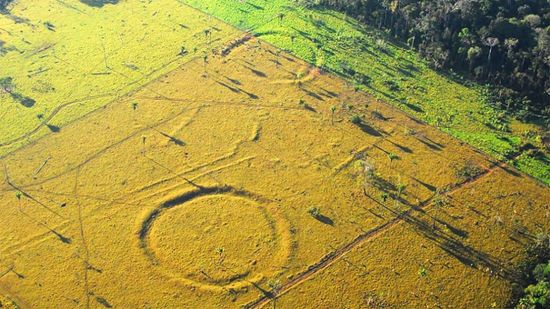
450 Huge Geometrical Earthworks in the Amazon Hint at Past Civilizations

Ancient Egyptians Believed Cats Had 'Divine Energy'
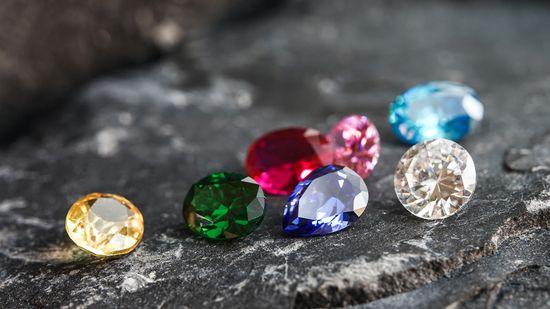
15 Types of Gemstones to Add a Little Sparkle to Your Life
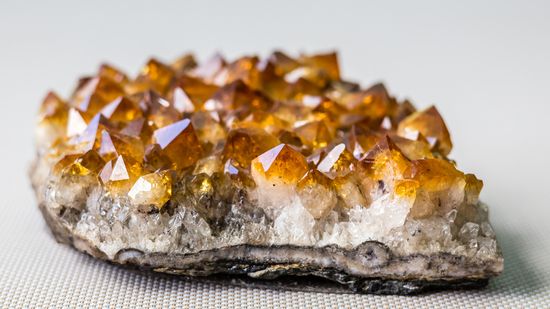
13 Brown Gemstones for Understated Elegance

10 Red Gemstones That Evoke Power and Bold Luxury

10 Longest Rivers in the U.S.: From the Missouri to the Brazos

What Is the Smallest State in the USA? Looking at Area and Population

Venice Isn't Alone: 7 Sinking Cities Around the World
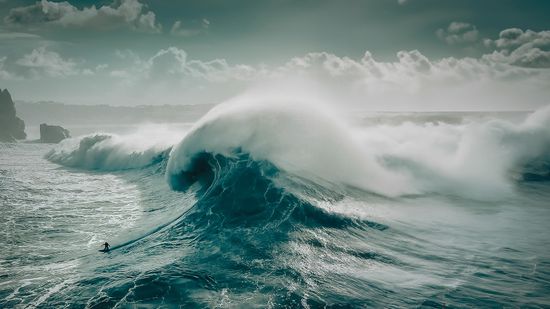
What Was the Largest Wave Ever Recorded?
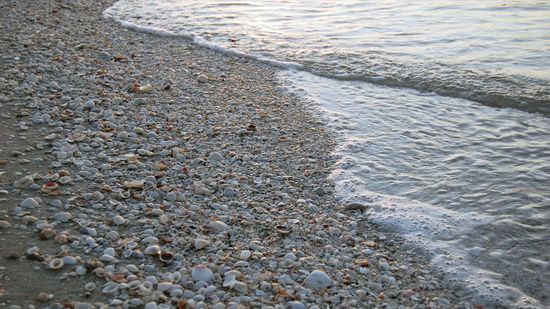
Where Have All the Seashells Gone?

HowStuffWorks: 10 Weird Sea Creatures
Learn More / Page 2
The Andes mountains span over 4,300 miles along South America's western edge, traversing seven countries from Venezuela to Chile. Famous for its towering peaks like Aconcagua and ancient ruins such as Machu Picchu, the Andes are a captivating mix of natural wonders and historical treasures.
Imagine walking through a dusty, arid landscape when you stumble upon a seemingly ordinary rock. Its rough exterior might not catch the eye, but what lies within surely will. Geodes are one of nature's most spectacular treasures, offering a glimpse into the geological processes that shape our Earth.
Winding through the South Carolina low country, the Cooper River is a reed-lined haven for sportfish and shorebirds. The waterway originates in Berkeley County's Lake Moultrie. From there, it proceeds all the way down to Charleston, where it merges with the Ashley and the Wando to form that city's world-famous harbor. (Ever hear of Fort Sumter?)
By Mark Mancini
Advertisement
Scientists have long been fascinated by the ocean's dynamic nature, where the force of the water collides with atmospheric phenomena to create waves of monumental size.
The notion of Africa splitting has the attention scientists and geologists worldwide, as the Great Rift Valley stretches and tears at the Earth's crust.
In the western Sahara Desert lies a natural wonder that has intrigued scientists and adventurers for centuries. Known as the Richat Structure - or, more commonly, the Eye of the Sahara - this massive geological formation resembles a giant eye.
By Marie Look
The Atacama Desert, situated in northern Chile, is not just any ordinary arid region. Spanning over 600 miles (965 km) along the Pacific Coast of South America, it is one of the most extreme landscapes on the planet. Thanks to certain oceanic conditions, there are areas that have received zero rainfall throughout recorded history, making the Atacama Desert the driest place on Earth.
By Marie Look
Advertisement
One of Earth's most interesting natural features, the Caspian Sea is the largest inland body of water on the planet, defying conventional classifications to be both a sea and a lake.
By Marie Look
We bet you're looking up the longest river in the U.S. to settle a bet: Is it the Missouri River or the Mississippi River? It depends how you measure.
By Marie Look
The smallest state in the U.S.A. isn't the same as the state with the lowest population. In fact, the five smallest by each measure are completely different.
By Yara Simón
Obsidian is more than just a beautiful stone. Discover its profound meaning and how it can serve as a powerful tool for healing and protection. Don’t miss out on the chance to learn about its transformative properties.
By HowStuffWorks
Advertisement
Discover the deep allure of smoky quartz meaning. Explore its grounding properties and metaphysical benefits. Unveil the mystique today.
By HowStuffWorks
Explore Aventurine meaning: a shimmering gem of luck and opportunity. Discover its healing properties and spiritual significance. Dive in now.
By HowStuffWorks
Uncover Pyrite meaning: a glittering symbol of wealth & protection. Explore its properties & spiritual significance. Delve into Pyrite's allure now.
By HowStuffWorks
Explore Chakra Crystals: Balancing energy centers for holistic wellness. Discover properties & benefits of crystal healing. Dive in now.
By HowStuffWorks
Advertisement
Explore Crystals for Love: Harness the energy of love-attracting stones. Discover meanings and benefits. Enhance your heart's resonance today.
By HowStuffWorks
Explore Crystal Grids: Amplify energy with sacred geometric arrangements. Learn about their uses and benefits. Elevate your intentions now.
By HowStuffWorks
Discover Crystals for Protection: Harness the power of protective stones. Explore their meanings and benefits. Enhance your energy shield today.
By HowStuffWorks
Discover why jade is called the "stone of heaven" across ancient civilizations. Learn how this powerful crystal not only attracts wealth but also heals the heart chakra in ways modern science is just beginning to understand.
By HowStuffWorks
Advertisement
Discover why Red Jasper is called the "crystal of controlled passion" – the surprising way it balances sexual energy while amplifying your manifestation abilities. Learn which chakra it truly resonates with
By HowStuffWorks
Ignite your passion and creativity with carnelian-discover the hidden powers, ancient symbolism, and bold energy behind this fiery stone that’s said to boost courage, motivation, and confidence. Curious how carnelian can transform your life.
By HowStuffWorks
Discover Amazonite meaning: a soothing gemstone of balance. Explore its calming properties and spiritual significance. Dive into Amazonite's world.
By HowStuffWorks
Explore Citrine Meaning - Unveiling Its Power and Significance. Discover the spiritual and healing properties of Citrine crystal.
By HowStuffWorks
Advertisement
Clear quartz holds more than just beauty! Discover its true meaning, explore its healing powers, and learn how it can bring clarity and balance to your life.
By HowStuffWorks
Is Amethyst the right stone for you? Find out how this crystal can help you achieve greater peace, clarity, and spiritual growth. What can Amethyst do for your life? Explore its properties.
By HowStuffWorks
